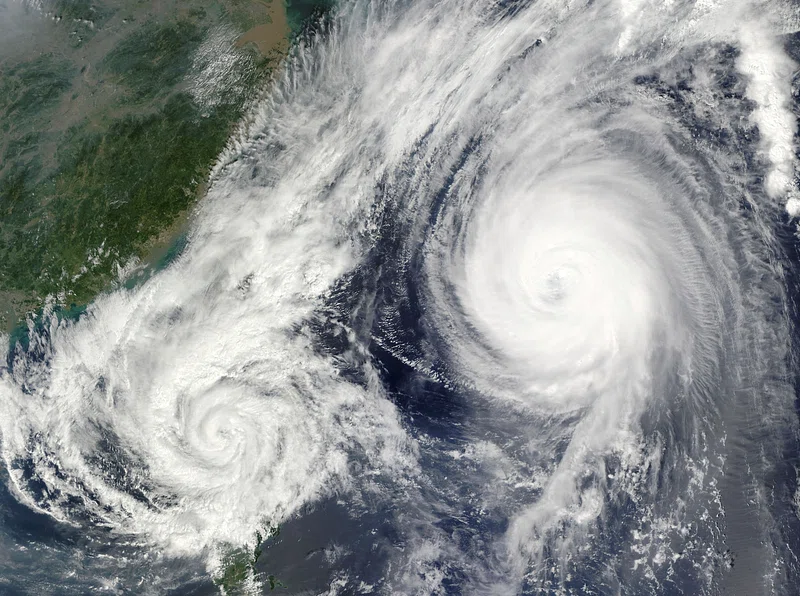
At dawn, Category 5 Hurricane Melissa is slowly closing in on the southern coast of Jamaica, with winds up to 175 mph. Forecasters predicted landfall in Jamaica could occur as the strongest hurricane ever to hit the country, packing catastrophic flooding, landslides, and up to 13 feet of storm surge. With its movement across the island expected to be slow, rainfall could reach as much as 40 inches in some areas-a true deluge capable of overwhelming rivers, submerging roads, and isolating entire communities.
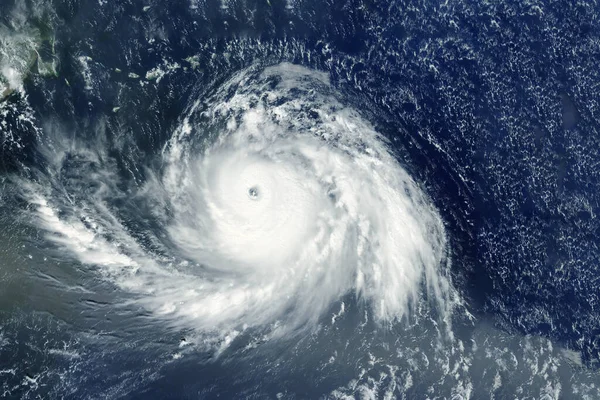
1. Path and Power of the Storm
As of tonight, Melissa’s center, less than 150 miles southwest of Kingston, is crawling at a pace of only 3–5 mph. That slow speed is increasing the threat of flooding and infrastructure failure. According to the National Hurricane Center, destructive winds start tonight; hurricane conditions will continue well into Tuesday. The highest potential for catastrophic wind damage and coastal flooding will be in areas east of where the hurricane makes landfall-which could be close to Black River. Higher elevations, such as the city of Mandeville, can experience winds up to as much as 60 mph higher than along the immediate coast because of the lesser friction at higher elevations.
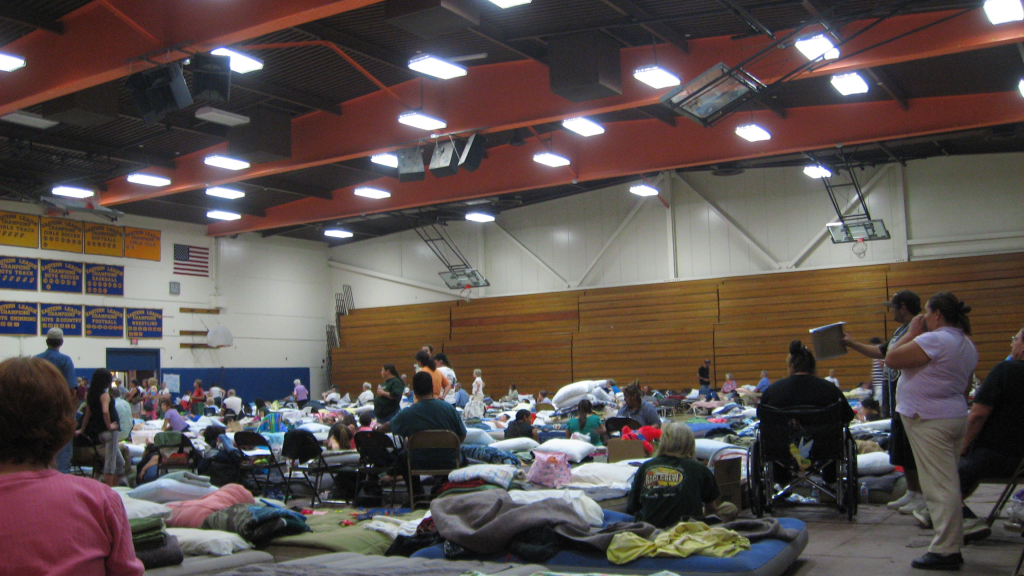
2. Mandatory Evacuations and Shelters
The Prime Minister has ordered the mandatory evacuation of residents in high-risk areas-Port Royal, Old Harbour Bay, and Portland Cottage. According to the Local Government Minister Desmond McKenzie, all 881 shelters across the island are now open. Buses have been deployed to take people from flood-prone areas. “The evacuation order is not a suggestion, it’s a directive to save your life,” McKenzie emphasized. However, there is still some resistance from citizens to leave, with many citing concerns about their safety and personal belongings.
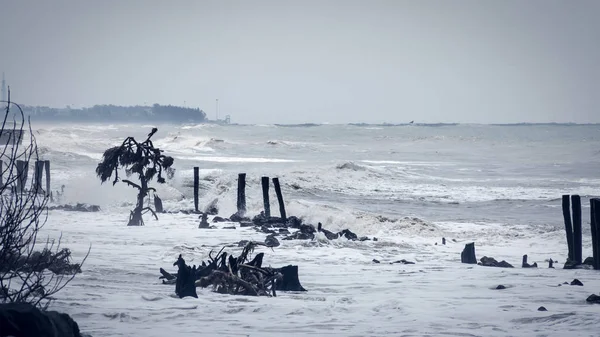
3. Storm Surge and Rainfall Threats
The storm surge from the southern part of Jamaica could be 9–13 feet according to the latest forecast track issued by the NHC, which would most likely flood the Norman Manley International Airport in Kingston and much of Jamaica’s power plants. Since orographic lift enhances rainfall across the Blue Mountains of Jamaica, rainfall amounts could approach record levels there. That can set up the possibility of landslides in hilly areas and catastrophic flash flooding in low-lying communities.
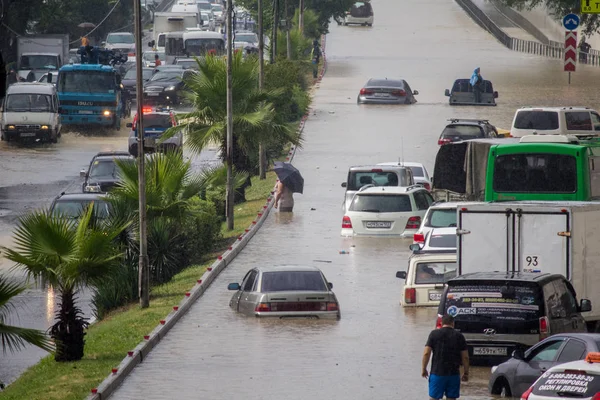
4. Regional Impact Beyond Jamaica
Torrential rains have flooded homes and swept away cars, with at least six fatalities have been reported in Hispaniola because of Melissa so far. Up to 30 inches of rain is forecast for eastern Cuba, plus destructive winds to 120 mph and storm surges to 11 feet. The southeastern Bahamas – including the Turks and Caicos – could see as much as 8 inches of rain with surge up as high as 4-6 feet.
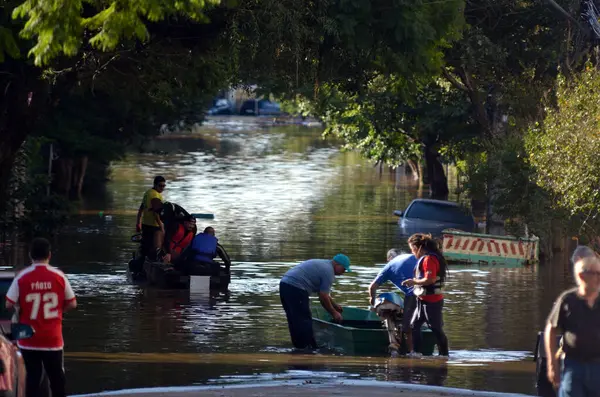
5. Coping with the Psychological Strain
Severe weather creates a range of emotional responses that can include fear, anxiety, and numbness. When possible, experts say, it is best for people to stick to routines, eat well, stay hydrated, and limit exposure to disturbing media coverage. Communication with friends and family, as well as neighbours, is also really helpful for emotional resilience, disaster recovery experts say. Reassurance and honesty work best with children; sheltering them from scary images may help.
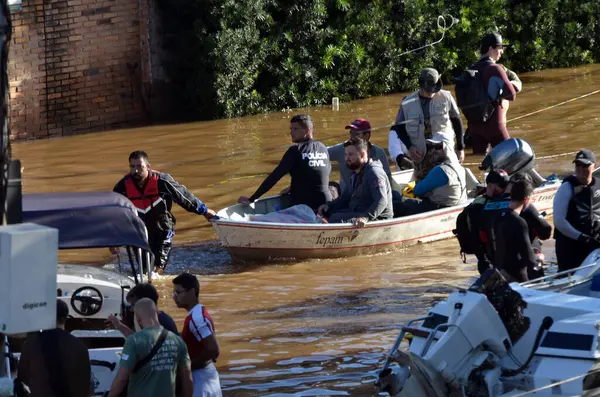
6. Community Resilience in Action
The Jamaican Red Cross and other local and international aid groups, inclusive of the International Federation of Red Cross and Red Crescent Societies, have mobilized volunteers and pre-positioned supplies, including tarps, hygiene kits, and drinking water. Time and again, previous disasters have seen strong social connections and organised community action quicken the pace of recovery. In the coming weeks, activities that foster neighbour-to-neighbour support and partnerships across sectors will be key.

7. Countering Misinformation
Officials warn against misinformation on social media, including fake shelter costs and false flood maps. Ministers Dana Morris Dixon and Matthew Samuda urge residents to pay close attention to updates that come every three hours to help in the smooth processing of evacuations and shelter operations.
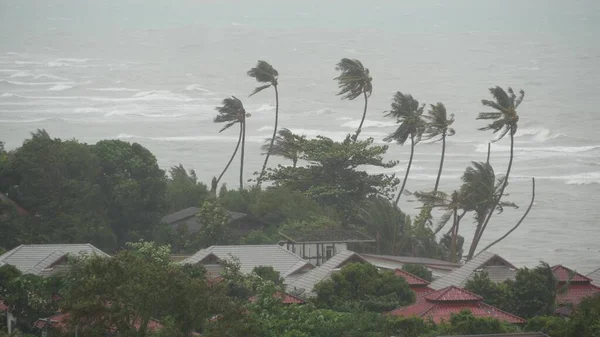
8. Climate Change and Rapid Intensification
The sudden growth of Melissa, from a 70 mph tropical storm to a Category 5 hurricane in less than 24 hours, speaks to the disturbing trend of rapid intensification of storms owed to warmer sea surface temperatures and high atmospheric moisture associated with climate change. Similarly, Milton, Ian, and Dorian are those that have shown this trend in recent times and raise urgent questions over preparedness in a warming world.
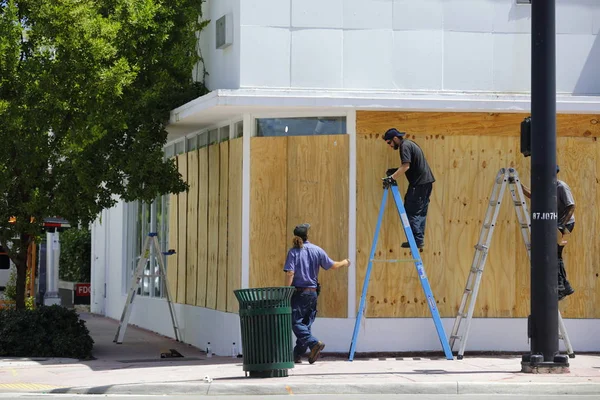
9. Safety Measures for Residents and Visitors
In the face of such a warning, people are asked to take shelter indoors with doors and windows sealed tight and to avoid dangerous activities, such as wading, in floodwaters. The US Department of State instructs United States citizens in Jamaica to reach family, be inside, and prepare to be isolated for some time.
The leaders and communities of Jamaica are drawing on faith, solidarity, and preparedness as it prepares for what could be the defining moment in its history caused by Melissa’s landfall. As aptly captured by Prime Minister Holness: “My Jamaican family, we will weather this storm, and when the sky is clear, we will come together to restore and build stronger, prouder and more resilient than before.”


